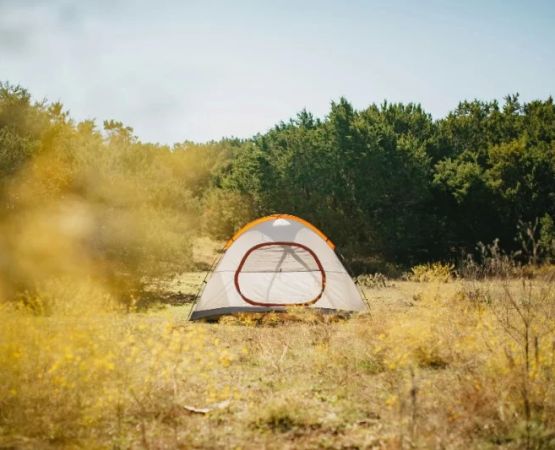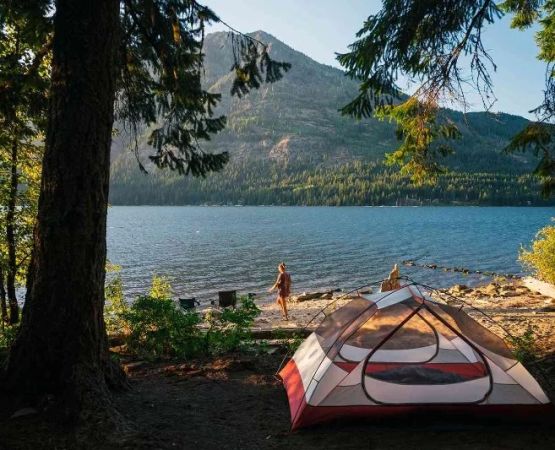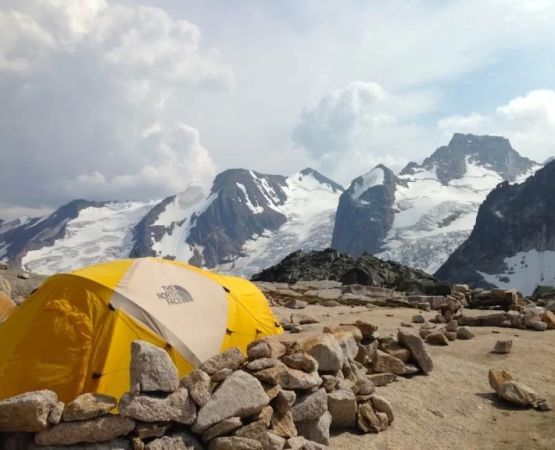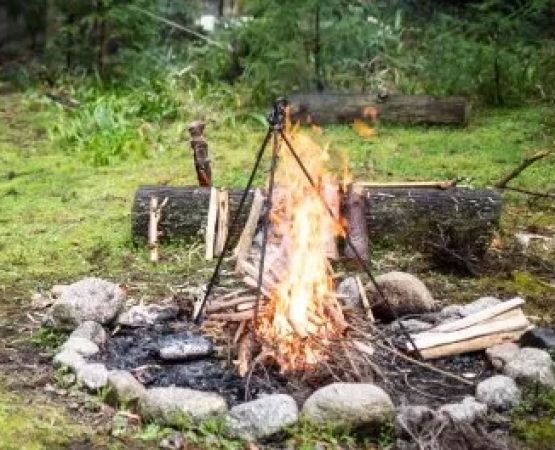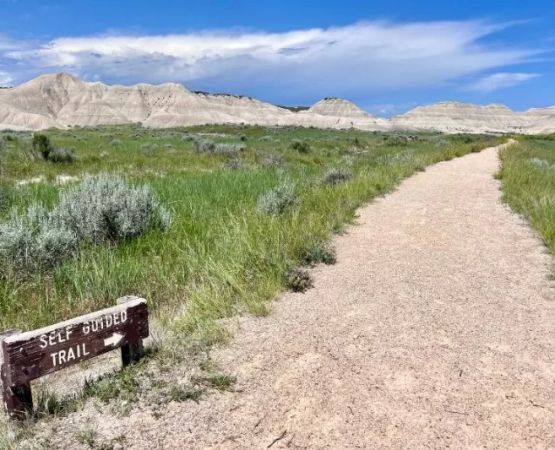- how-to-camp-in-canyon-rim-terraces-overview
- understanding-canyon-rim-terrace-environments
- choosing-the-right-campsite-along-the-rim
- terrain-hazards-and-how-to-stay-safe
- weather-challenges-in-canyon-rim-camping
- essential-gear-for-terrace-camping
- real-stories-from-canyon-rim-campers
- respecting-nature-and-protecting-the-environment
- making-the-most-of-your-views-and-privacy
How to Camp in Canyon Rim Terraces
Learning how to camp in canyon rim terraces opens up an entirely different world of outdoor adventure. These elevated ledges offer dramatic overlooks, crisp air, and peaceful isolation that many campers crave. But camping in such terrain also requires awareness, preparation, and respect for nature’s unpredictable conditions.
Many people visiting canyon regions imagine themselves perched on a scenic cliffside with coffee in hand at sunrise. While this is absolutely possible, it only becomes enjoyable when you understand the unique factors that separate canyon rim terraces from forested or lowland campgrounds.
Understanding Canyon Rim Terrace Environments
Canyon rim terraces are naturally formed shelves or ledges along canyon edges. They provide incredible views but also come with rugged landscapes, uneven surfaces, and frequently shifting weather patterns. Their beauty is balanced by the need for careful planning and situational awareness.
1. Geological Composition
Most canyon rims are composed of layered rock, sandstone, or volcanic formations. These surfaces can be stable in dry weather but become slippery or brittle after rain or temperature changes.
2. Wildlife Activity
Animals ranging from foxes to desert bighorn sheep may roam the terraces. Although encounters are usually peaceful, keeping food secure and respecting wildlife movement paths is important.
3. Limited Shelter
Unlike wooded areas, canyon rims typically lack natural shade or wind breaks. Campers need to plan carefully to minimize sun exposure and wind-related risks.
Choosing the Right Campsite Along the Rim
Selecting the perfect campsite is one of the most important parts of understanding how to camp in canyon rim terraces. Your chosen location influences your safety, comfort, and enjoyment.
1. Distance From the Edge
Standing near the edge can be thrilling, but setting up a tent too close is dangerous. Erosion and unstable rock formations can give way unexpectedly. A safe buffer zone of several yards is essential.
2. Level Ground
A slightly sloped surface might not seem like a big deal—until you spend the night sliding downhill in your sleeping bag. Inspect the ground closely for flatness and stability before pitching a tent.
3. Privacy and Scenic Value
Many canyon rim terraces allow you to enjoy sweeping views with minimal distraction. If privacy is important, look for elevated shelves separated by natural rock formations or vegetation.
Terrain Hazards and How to Stay Safe
Terrace camping includes exposure to sudden drop-offs, loose rocks, and shifting soil. Understanding these risks helps ensure a safe and enjoyable camping experience.
1. Loose Rocks and Crumbling Edges
Even strong-looking ledges can hide cracks beneath the surface. Footing should always be tested before placing heavy gear or walking near an edge.
2. Nighttime Navigation
The lack of artificial light means moving around your campsite after dark can be hazardous. Lanterns, headlamps, and reflective markers are essential for safe mobility.
3. Wind Exposure
Wind on canyon rims can arrive suddenly, sometimes strong enough to knock down gear or blow tents sideways. Securing tent stakes deeply and using weighted rocks can help prevent accidents.
Weather Challenges in Canyon Rim Camping
Canyon rim climates can shift quickly, with temperature swings from warm afternoons to freezing nights. These unpredictable conditions make preparation vital.
1. Sudden Temperature Drops
Nights can become extremely cold even in mild seasons. Keeping layers, thermal blankets, and insulated sleeping bags ensures comfort throughout the night.
2. Lightning and Storm Risks
High terrain increases the chance of being exposed during thunderstorms. Avoid camping at the highest point on a terrace if storms are predicted.
3. Heat Exposure
Midday sun can be intense. Setting up a shade tarp or choosing a terrace with partial cover can make a huge difference in comfort and safety.
Essential Gear for Terrace Camping
Because canyon rims offer little natural protection, having the right gear is crucial. Lightweight equipment is best since terraces may require climbing or scrambling.
1. Compact Shelters
Tents with strong frames and minimal wind resistance are ideal. Freestanding models are helpful when staking into rocky surfaces is difficult.
2. Safety Equipment
Navigation tools, extra lighting, and first aid kits are more important than in forested areas due to the risk of falls and exposure.
3. Cooking and Water Supplies
Terraces rarely have water sources on-site. Bringing adequate drinking water is essential, and many campers use portable stoves since open fires are often restricted due to wind.
Real Stories from Canyon Rim Campers
One camper shared online how a sudden gust of wind nearly lifted their tent during a stormy night in the Arizona canyons. Their quick reaction to weigh the tent down with rocks likely prevented a dangerous situation.
Another traveler described waking up to one of the most beautiful sunrise views of their life—soft orange light hitting canyon walls and transforming the entire landscape. These moments are what make canyon rim terraces unforgettable.
Respecting Nature and Protecting the Environment
Canyon rims are delicate ecosystems. Staying on designated terraces, packing out every piece of trash, and keeping noise levels low preserves these spaces for future generations.
1. Leave No Trace Principles
Footprints, campfire scars, and litter can harm wildlife and ruin the natural beauty that attracts visitors. Responsible camping ensures these areas remain pristine.
2. Wildlife Protection
Feeding wild animals can alter their natural behavior and create future risks for both them and humans. Secure food properly and avoid interactions.
Making the Most of Your Views and Privacy
Canyon rim terraces are unmatched for their panoramic views. Watching sunrise or sunset from an elevated terrace feels almost surreal. Choosing the right angle and campsite adds to the overall experience.
For campers seeking a private, scenic outdoor escape, canyon rim terraces offer incredible rewards. If you need quality camping gear, lodging recommendations, or outdoor planning tips, platforms like Pine Cliff Resort can help ensure your trip is comfortable and well-prepared.


